Cotton-top Tamarin
Saguinus oedipus
- Habitat: Tropical moist and dry deciduous forests
- Range: North-west Columbia
- Natural Diet: Fruit, insects, seeds, flowers, tree sap, small mammals, birds and reptiles
- Status in the Wild: THREATENED
Fun facts
- Cotton top tamarins belong to a class which has the smallest primates in the world
- They make high pitched alarm calls when a predator is seen
- They have a unique tuft of white hair on top of their heads that looks like cotton
- They most often have twin young but on occasion, a single infant is born
- Both males and females participate in taking care of their infants
Cotton top tamarins are omnivorous and are given a variety of fruit choices in their diet including slices of watermelon
Conservation Threats
The major threats are:
- Habitat loss due to human encroachment, agricultural practices, and livestock grazing.
- Logging for wood and the construction of dams
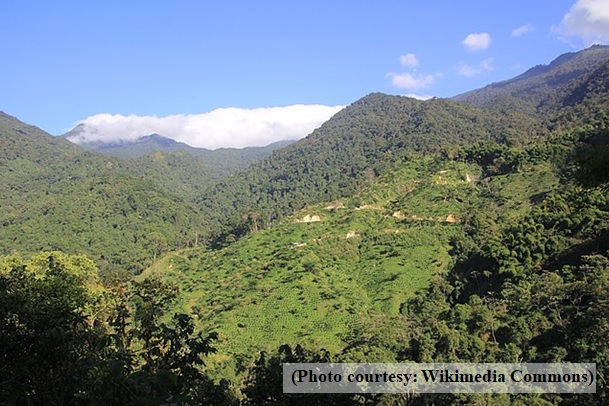
They are endemic to the tropical rainforest habitat found in fragmented stretches along the northwestern part of Colombia
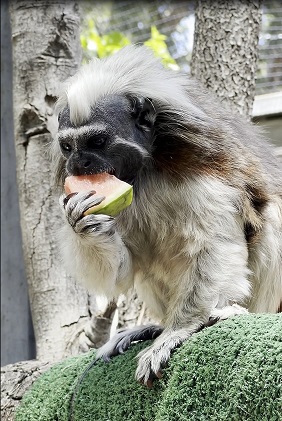
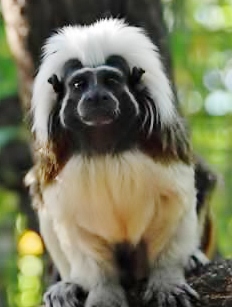
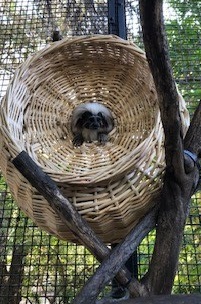
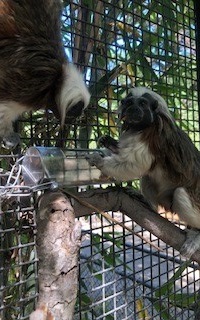
.jpg)